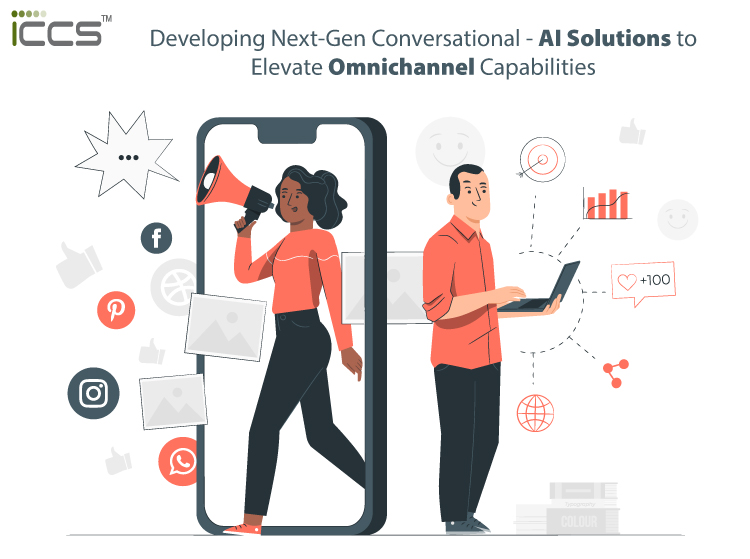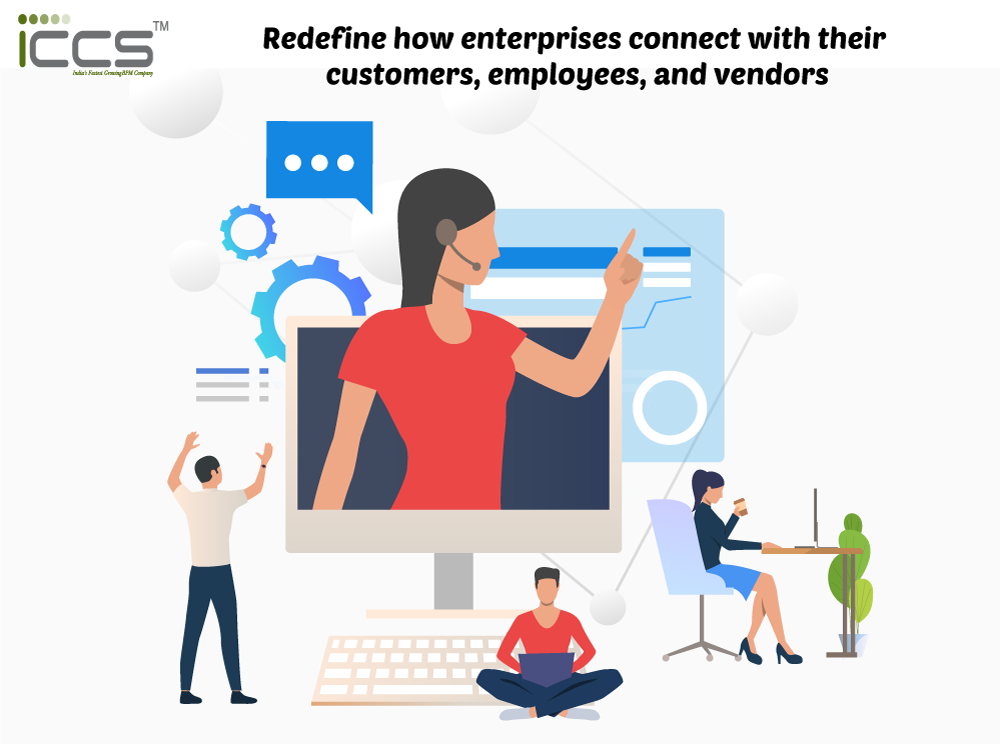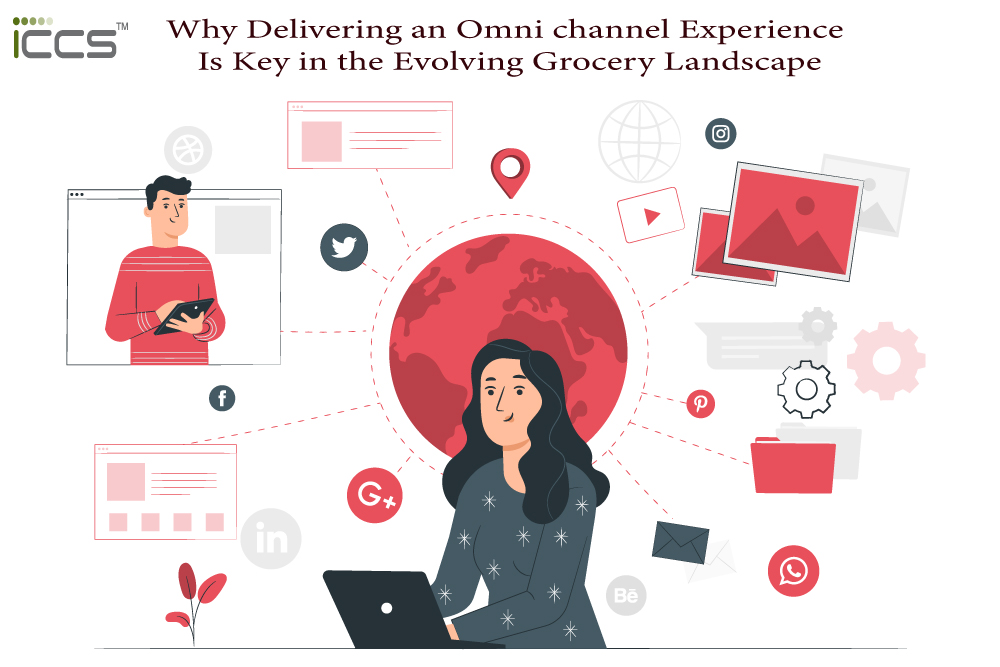In this digital-driven world, we are becoming tech-savvy to the extent that our lives and business operations depend entirely on technology. Treading on the path of digitization, businesses enjoy a competitive edge in the market as well as are able to offer high-end customer experiences.
Amidst the present turbulent times induced by the pandemic, the customers’ preferences and behaviors are also undergoing a huge shift. They now demand high-end experiences. Hence, tech deployment especially AI adoption is a viable solution for organizations to cater to the rising and diversifying demands of their customers.

Conversational AI: The new-age solution
Conversational AI in simpler terms refers to the form of the program where the interaction between the human body and the computer in the form of speech and text can be settled. The technology works to recognize the type of text and respond to it automatically or manually through inbuilt programming.
Artificial Intelligence is not just an autonomous solution. It has a significant impact on the organizations as a tool. This new-age technology has various applications in businesses across industries. Chatbots are one such prominent example. They help simulate a human-like conversation with natural language through the use of Artificial Intelligence.
According to the report by Markets and Markets, the global Conversational AI market is estimated to grow up to $18.4 million by 2026 and CAGR at 21.8% during the forecast period of 2021-2026. The major factors driving the growth of the market are the increasing need of AI for customer service, elevated omnichannel strategies as well as chatbot production. In India specifically, AI is adoption is still in its nascent stages but this trend will pick up pace in the times ahead. It will be primarily used by the businesses for enhancing customer experiences.
How AI Benefits Business
AI assists to promote the business of every sector and drives its growth. The solution helps by putting the business model at the forefront and backing it up with technology. For instance, chatbots are cost-effective solutions utilized for enhancing customer service and ensuring competitive intelligence as well as smart cyber security.
AI can build the robust foundation to improve the experience with the customers on a wide and transverse channel to execute the brand’s omnichannel strategies. In particular, technology is now the center of attraction of every organization, and if we follow the trend, we can conclude that AI is an essential and extraordinary technology of this generation to solve any technical issue. Because it offers a plethora of benefits to businesses; it is gaining prominence!
For organizations, developing an advanced omnichannel model, the strategies are the main concern. It’s not about being able to operate all the channels; the concept encompasses one unified brand and seamless experiences.
For businesses to achieve success, merely offering premium products and services isn’t sufficient. They need to step up their game and go a notch higher by focusing on ensuring customer satisfaction. This is where omnichannel strategy driven by AI steps into the picture!
Omnichannel Capabilities
Omnichannel refers to the multichannel approach that is inclined to focus on providing an effective customer experience at multiple touchpoints such as phones, laptops, or desktops. There are various BPOs present in the market that offer next-gen conversational AI solutions and help elevate the omnichannel capabilities of their clients.
Omnichannel capabilities such as Enterprise Resource Planning (ERP), Human Resource Management System (HRMS), Supply Chain Management (SCM), and Customer Relationship Management (CRM) need AI for development. Backed by AI, these omnichannel tools offer quick time response times, reduce operational costs, optimize sources, and ensure better business outcomes. They also help businesses stay connected with their customers and offer them seamless experiences.
According to a recent study by Accenture, 89% of customers used at least one digital platform to go through their favorite brands in 2020. This trend was witnessed because of the sole reason that the consumers prefer interacting with their favorite brands to explore exception offers and promotional deals in the online space.
India has a list of leading BPO service providers that specialize in providing technical support to businesses all over India. ICCS however, stands out from the rest with its ‘Partnership Approach’ and vision to help businesses achieve their goals. The organization offers a diverse range of services such as Customer experienceSupport, customer acquisition and revenue optimization Hardware, and Product Support, Technical Support, IT Support, etc. just to mention a few!
The bottom line
By leveraging the power of conversational AI, interaction across various channels has become efficient. The technology has indeed upscale the omnichannel capabilities of businesses. BPOs in such a scenario step in as a blessing in disguise, offering the requisite support to businesses and helping them tread on the path of digitization in the truest sense!












